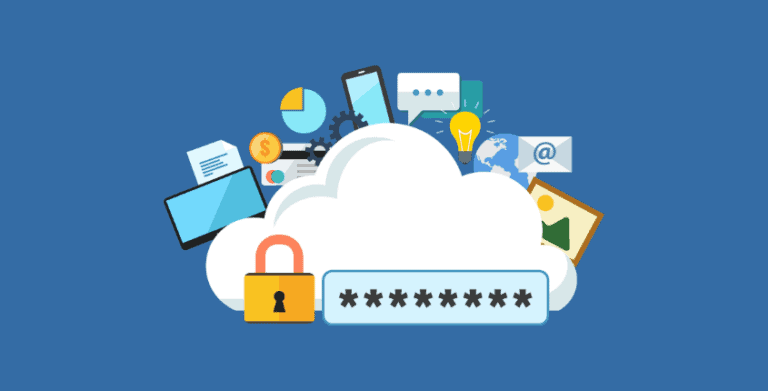The Hidden Cost of Janky Business Systems
When our technicians conduct a business technology audit, they often find a few areas of the business that are disconnected or disorganized – what we call “janky business systems.”
A janky business system might be something like this:
An order comes in through the website, The office manager prints an email of the web order and hands it to someone else, who enters it into a different system. All of the day’s orders are then put into an Excel spreadsheet and emailed to the warehouse for fulfillment. A new column is added when the order is shipped.
When we ask the client about this “jankiness”, they don’t really see a problem. “Marilyn’s been doing it like this since she started and we know there’s probably a system we could use, but overall, this process works fine for now.” And the process may actually work fine, even if it is somewhat inefficient.
Calculating the cost of your technology deficit
You can calculate the hours lost to inefficiency, but that alone may not justify the cost of a new business system. Until that seasoned employee with all the institutional knowledge quits. Or you realize that your janky business systems aren’t just inefficient, they’re costing you business.
The truth is that it’s nearly impossible to know the real cost of these inefficient business systems. From a business owner’s perspective, it can be difficult to see. But now, put yourself in the eyes of the consumer.
Technology problems from a customer perspective
Last month, I encountered a problem similar to the scenario described above, except this time, I wasn’t the IT professional, I was the customer.
I’d been a loyal customer of this company for several years. The company that supplied online education offered a basic membership plan for about $500/year.
But I was a VIP customer paying approximately $10,000 for membership site access, plus events and special trainings. I saw a new certificate program they were offering for $2500. I signed up and paid. After registering, I immediately received an email confirmation that included a copy of my receipt.
But then nothing.
No follow up emails came.
Where was my login? I knew that the training sessions were starting in three weeks, but I didn’t receive a syllabus, a schedule, or any useful contact information.
I waited a week and contacted the company’s customer support department.
As it turns out, support is only available via text message or WhatsApp. Their website promises that a customer service agent will respond in 24 hours, but it took far longer than that. With all the back and forth, it took two weeks to get the login information.
But now that I was on their website, I discovered that the company had drastically lowered their membership pricing. New customers were paying only half of what I had been paying for my team’s membership access.
So now I’m understandably mad.
I cancel my enrollment in the certificate program.
I ask for the company to lower my membership renewal rate.
Instead of explaining the situation, or lowering the cost of my premium membership plan, they canceled everything.
So this company has now turned a VIP $10K+/year premium customer into an ex-customer because of their janky business systems.
Do THEY know it? I doubt it.
How could this problem have been prevented?
- They could have used a real customer support ticketing system to handle my inquiry in a fast and effective manner.
- My order could have been sent electronically to the learning management platform.
- They could have prioritized time-sensitive or VIP support issues.
- They could have better communicated and adjusted their pricing. In my opinion, loyal, long-standing customers should get better deals, not worse ones.
- They could have had a human being respond instead of relying purely on pre-written templates.
But the point of this article is not just to vent about my bad experience, it’s to help you understand the importance of looking at your business systems from a customer’s perspective. You may be losing customers all the time, but you just don’t know it. For example:
- Your website’s SSL certificate expired so potential customers see an “insecure content” warning message that scares them off
- An employee leaves the company, and their phone calls and emails are going into a black hole
- Orders take a long time to process and ship, so customers go elsewhere
I encourage you to walk through your business processes as a customer. Go place an order through your website. Return something. And if you’d like for us to run a business technology assessment, that’s probably a good idea as well.
If you want to explore your options, please reach out to our team via email at support@eclipse-consulting.com or by calling us at 1-586-263-1775.
Frequently Asked Questions
How do I know if I have a good business system?
You should go through your business system as a customer to see if they are having a quality experience or not.
What makes for a good business system?
A good business system is going to be easy to use for the customer and the business, get the information where it needs to go in a timely manner, and give correct updates to everyone involved.
Why do I need a business system?
A business system is your technology system that is the structure of how to do something in your company. If you want to be able to accept and process orders, you’re going to want some sort of system to make sure everything is running smoothly and your customers are getting what they need.









